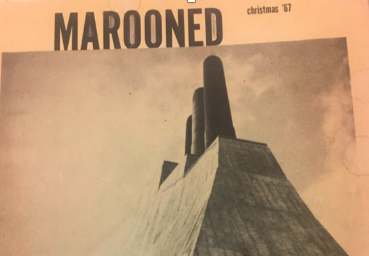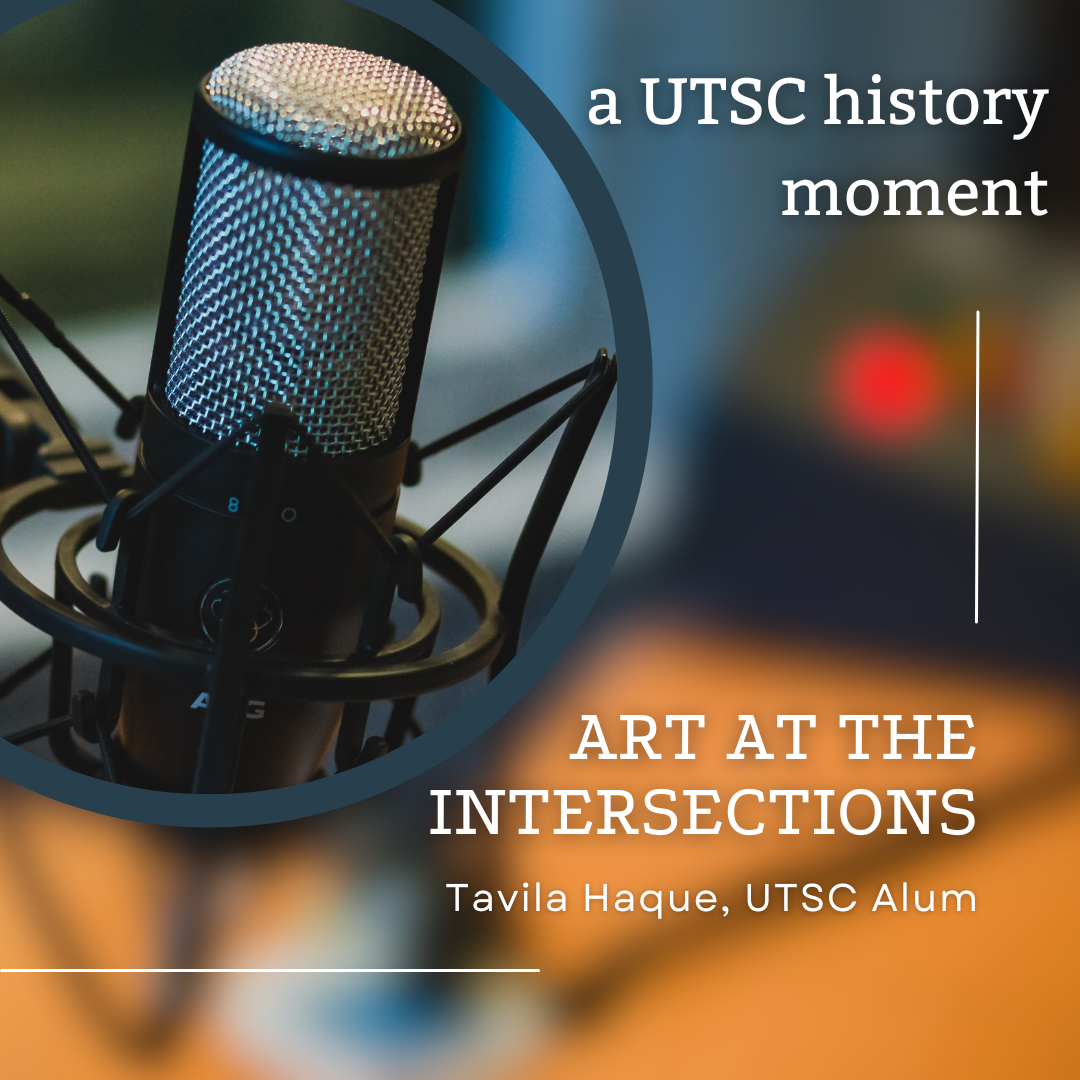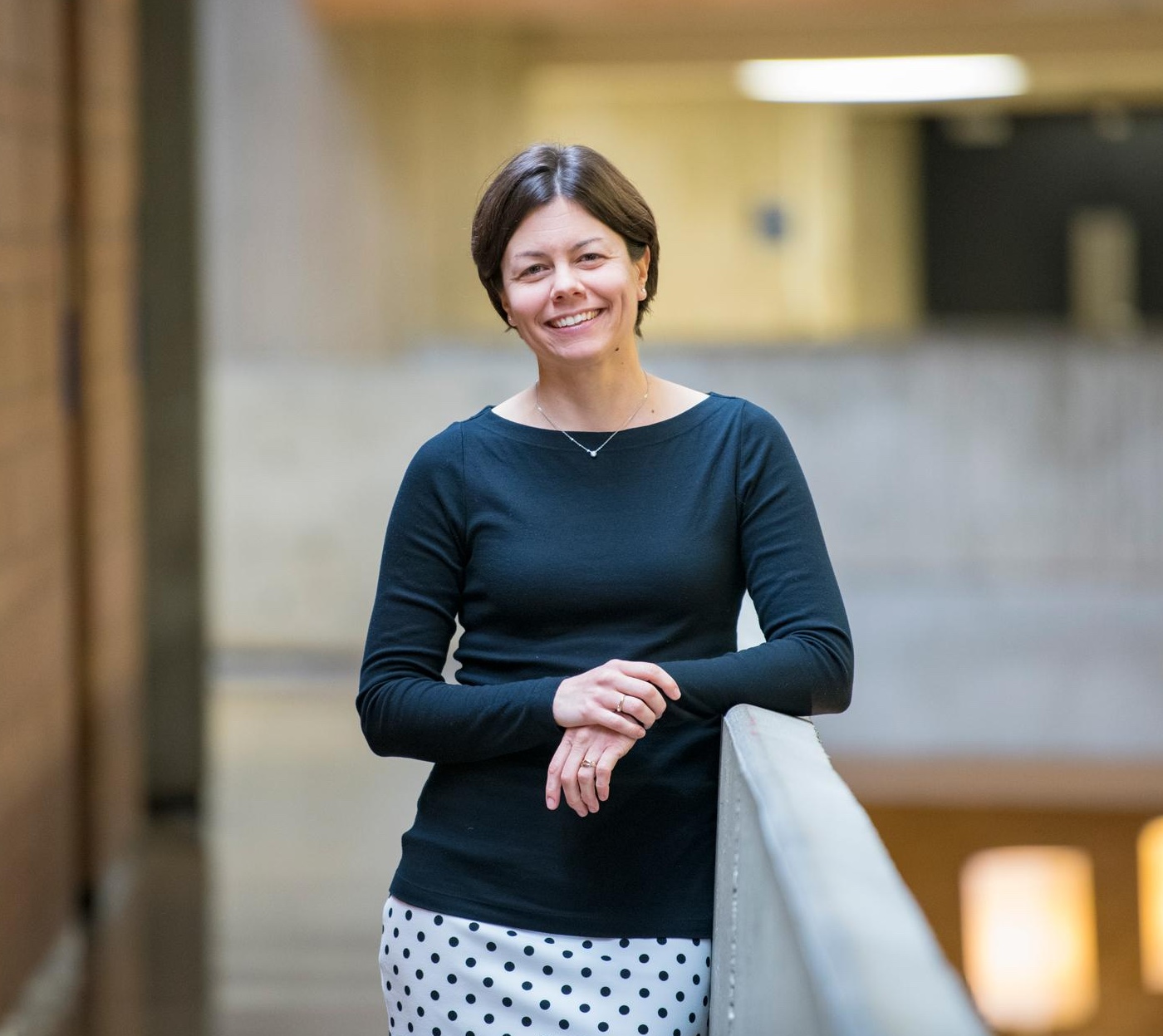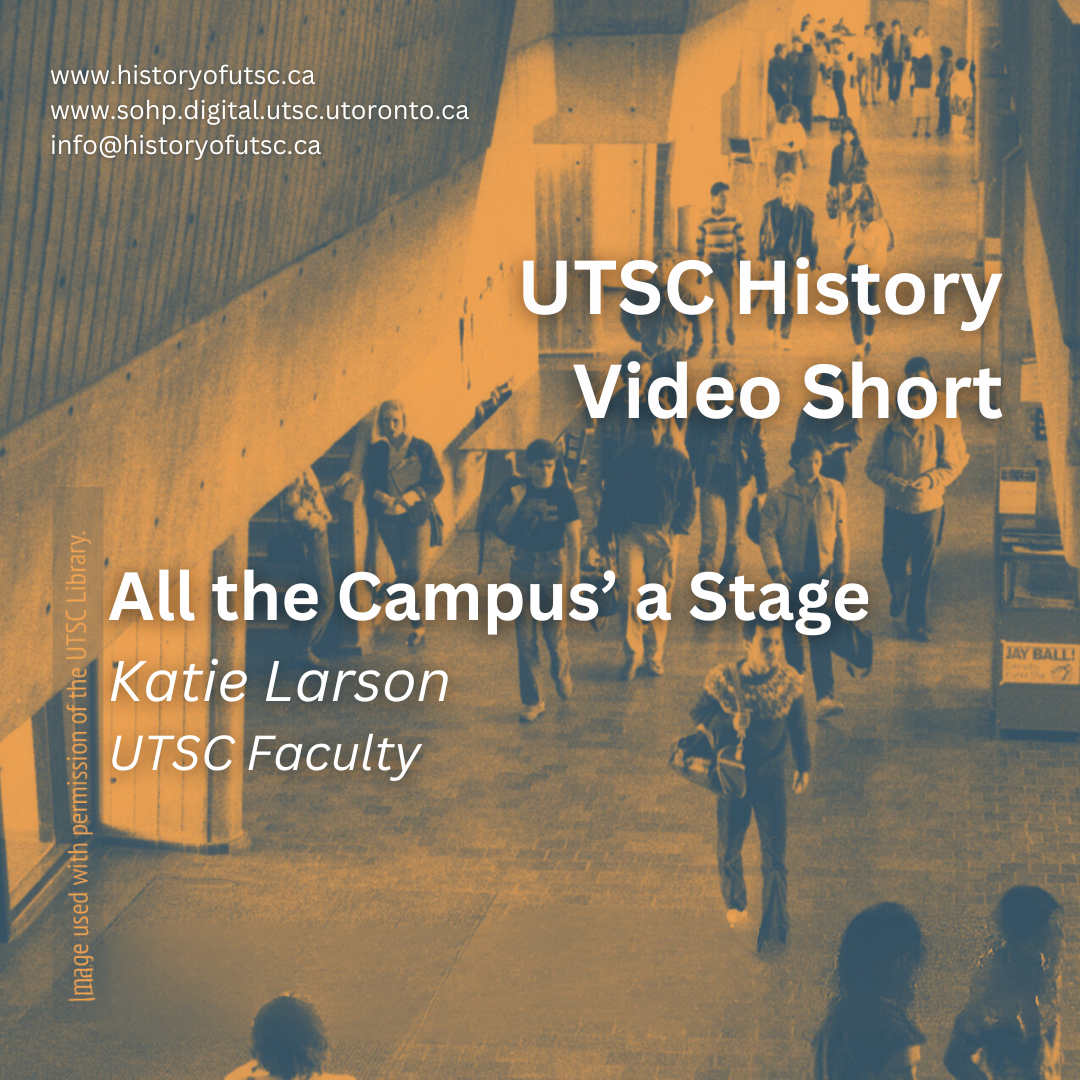In October 1964, after the formal opening ceremonies for Scarborough College, Varsity news reporter Margaret Sisson confidently reflected, “Scarborough College…will be able to provide students with a source of identity within the University structure” (Sisson 1964). While the first classes of Scarborough College certainly actively negotiated (and fiercely contested) their “Scarborough Identity” (Marooned Feb. 1967), building a collective student identity and community miles away from the historic Queen’s Park campus has proven to be no small task. In fact, our collective identity is constantly being renegotiated. One former UTSC student commented in 2015 that our community identity is often hindered by an “inferiority complex”; that UTSC represents a “second choice” school for students (Sultan 2015). Although even early data proves that UTSC as a “second choice” is and was not the case, where does this sense of a “inferiority complex” come from? It appears to have some roots in the earliest moments of our history.
Scarborough College opened its doors to 190 full-time students in the fall of 1964 — but not in the “rural landscape” of Scarborough, rather in the old Biology building on the St. George Campus (Decade Book, 24; Landscape Architecture, 224). Construction strikes had delayed the progress at the Scarborough building site and temporary quarters were hastily found. At a Council Meeting September 1965, the then Principal of the college, A.F.W. Plumptre, remarked that the opinion on the quality of the temporary quarters was divided (some marvelled at the speed with which the UofT responded and others felt the condition of the accommodation to be demeaning) and that they were being referred to as “Scarab College.” He urged colleagues to “accept Scarab, ugly and venomous though it certainly seemed” and to look “forward to the novelty, beauty and peace of our proper home in Scarborough where, “we shall indeed find ‘Tongues in trees, books in the running brooks, Sermons in stones, and good in everything'” (Plumptre, 2-3).
By February 1967, Scarborough College’s first student magazine, Marooned, was launched. The question of the “Scarborough Identity” consumed many of its pages (Marooned Feb. 1967). In fact, its very title is indicative of the feeling of being “marooned” in a metropolitan suburb far, far away. The December 1967 issue reported on public opinion that had appeared in local newspapers regarding Scarborough College. While some commented on the enviable natural environment and admired the building architecture, one quote from the Toronto Daily Star asserted that Scarborough College students, representative of a working-class and uneducated demographic, were doomed to academic mediocracy: “The danger in sending mostly poor students to these colleges is that they are less likely to succeed” (Marooned Dec. 1967).
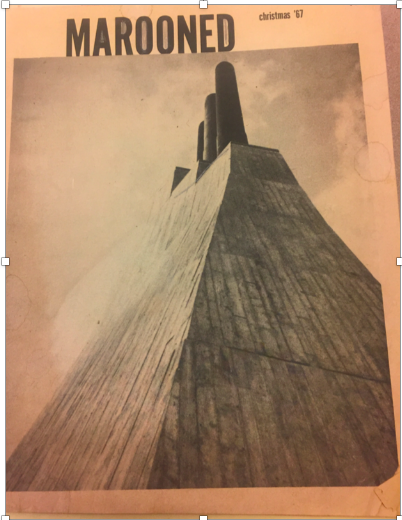
To accompany this article, the editors provided an aerial shot of campus with the caption “U of T Dumping Grounds” (Marooned Dec. 1967). Certainly not the romanticized rural beauty and peaceful home envisioned by Principal Plumptre. Was this an effort on the part of student editors to provoke strong emotions and ignite student motivation to form a strong sense of student community? We can only speculate. Scarborough College would be as socially, culturally, and academically successful as Queen’s Park; Scarborough would not be remembered as “U of T Dumping Grounds” (Marooned Dec. 1967).
What is of note is that despite our growing autonomy within the larger UofT ecosystem and the growth to city status of our suburban home, this issue of identity persists to varying degrees throughout our history and manifests not only in the student experience but also in the experience of faculty, staff and the larger community plagued as we are by media supported labels such as Scarberia and Scareborough. Topics certainly worthy of further investigation….
Authors: Christine Berkowitz and Amelia Ainsworth
Bibliography
Birk, Dieter, ed. 1967. Marooned: Scarborough Campus Magazine. Scarborough College: February 1967. University of Toronto Scarborough Library, Archives & Special Collections. UTSC Archives Legacy Collection, File 002-D-7-5-52. https://discoverarchives.library.utoronto.ca/index.php/marooned.
Birk, Dieter, ed. 1967. Marooned: Scarborough Campus Magazine. Scarborough College: December 1967. University of Toronto Scarborough Library, Archives & Special Collections. UTSC Archives Legacy Collection, File 002-D-7-5-52. https://discoverarchives.library.utoronto.ca/index.php/marooned.
Plumptre., A.F.W. 1965. “Scarborough College Council: Opening Meeting of 1965-66 Session,” September 20, 1965. A.F.W. Plumptre Collection, file 009-1-2, “University Records.” University of Toronto Scarborough Library, Archives & Special Collections. https://discoverarchives.library.utoronto.ca/index.php/university-records.
1966. “Project: Scarborough College, Toronto.” Landscape Architecture, April 1966. UTSC Archives Legacy Collection, File 002-E-9-2-20, “Landscape Architecture.” University of Toronto Scarborough Library, Archives & Special Collections. https://discoverarchives.library.utoronto.ca/index.php/landscape-architecture.
Scarborough College, ed. 1975. Decade Book: 10 Years of Scarborough College. Toronto, ON: Scarborough College, University of Toronto.
Sisson, Margaret. 1964. “Cornerstone Laid at New College.” The Varsity, 23 October 1964, 2.
Sultan, Shehnaze. 2015. “Interview with Ricelle.” Oral history conducted by Shehnze Sultan, Scarborough Oral History Project, University of Toronto Scarborough. https://ark.digital.utsc.utoronto.ca/ark:/61220/utsc10764.

